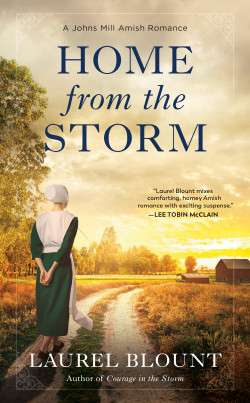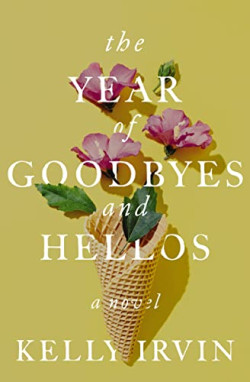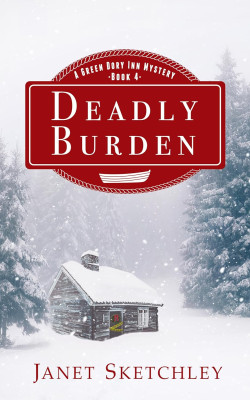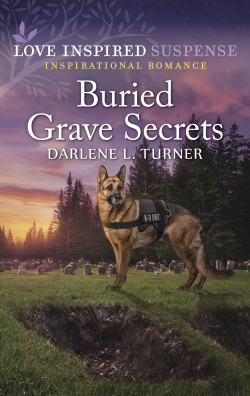Wartime Wednesday: Remember Pearl Harbor!
More than two years had passed since the war began in Europe when the Japanese bombers arrived in the skies above Pearl Harbor at 7:48 AM local time. An hour earlier the Wickes-class destroyer USS Ward attacked and sank a midget submarine near the entrance of the harbor. The sub’s periscope had been spotted above the water by the minesweeper Condor which alerted the crew on the Ward. The sub’s unconscious pilot, Kazuo Sakamaki, would later surface and be taken prisoner, spending the remainder of the war as a POW. Unfortunately, the incident would fail to put the base on full alert.
Japan depended on supplies from the United States, namely oil, to support their naval forces, but the Tokyo government began to look elsewhere and targeted Southeast Asia which is rich in minerals and oil. America’s foreign policy in the Pacific centered on support for China against the aggression of Japan, thus creating potential conflict. The U.S. extended a loan to China in 1938. The following year, America terminated the 1911 Treaty of Commerce and Navigation with Japan. Twelve months later, the export of materials “useful in war” to Japan was restricted. After Japan occupied Indochina and entered into an alliance with the Axis powers of Germany and Italy, the U.S. severed all commercial and financial relations with Japan, froze Japanese assets, and declared an embargo on shipments of petroleum and other war materials.
Meanwhile, the argument between isolationists and interventionists continued about the war in Europe.
In January 1940, 88% of U.S. citizens opposed the idea of getting involved in Europe. However, in September of that year, 52% felt America should risk war to help the British. By April 1941, the number had risen to 68%. Both ideologies became moot on December 7, 1941.
Unmoored from its berth in Battleship Row, the USS Nevada attempted to thwart the attack by heading to the harbor entrance. Repeatedly hit by bombs and torpedoes, the ship beached itself on Hospital Point, however, gunners managed to shoot down three of the Japanese Zeros. A few Army P-40 and P-36 pursuit planes were able to get airborne, some from the untargeted airfield at Haleiwa on Oahu’s northern coast. It is thought they managed to take down almost a dozen enemy aircraft.
By the end of the attack, forty-two of the one-hundred-twenty-six planes on the ground were destroyed, forty-one were damaged, and forty-three remained fit for service. More than one hundred eighty aircraft were destroyed. Within thirty days of the attack, 134,000 Americans enlisted in the military.
Printed on matchbooks, war bonds, license plate toppers, signs, plates, handkerchiefs, games, playing cards, flags, posters, buttons, cardboard shields, envelopes, and more, “Remember Pearl Harbor” became a rallying cry. During the week following the attack, Sammy Kaye and Don Reid penned the march, “Remember Pearl Harbor.” A few days later, the song was recorded, then released on January 17, 1942. Within two weeks, the song was number seven in sales and peaked at number three on the Billboard singles chart. By January 1942, Kaye had donated $4,000 from the song’s royalties to Navy relief funds.
________________
War’s Unexpected Gift (A Merry Heart Anthology)
Love and war don’t mix. Or do they?
Eager to do even more for the war effort, nurse Gwen Milford puts in for a transfer from a convalescent hospital outside of London to an evac hospital headed across Europe. Leap-frogging from one location to the next, nothing goes as expected from stolen supplies to overwhelming numbers of casualties. Then, there’s the handsome doctor who seems to be assigned to her every shift. As another Christmas approaches without the war’s end, can she find room in her heart for love?
Purchase Link:
http://www.amazon.com/dp/B0CL5MC75Y










.jpg)























